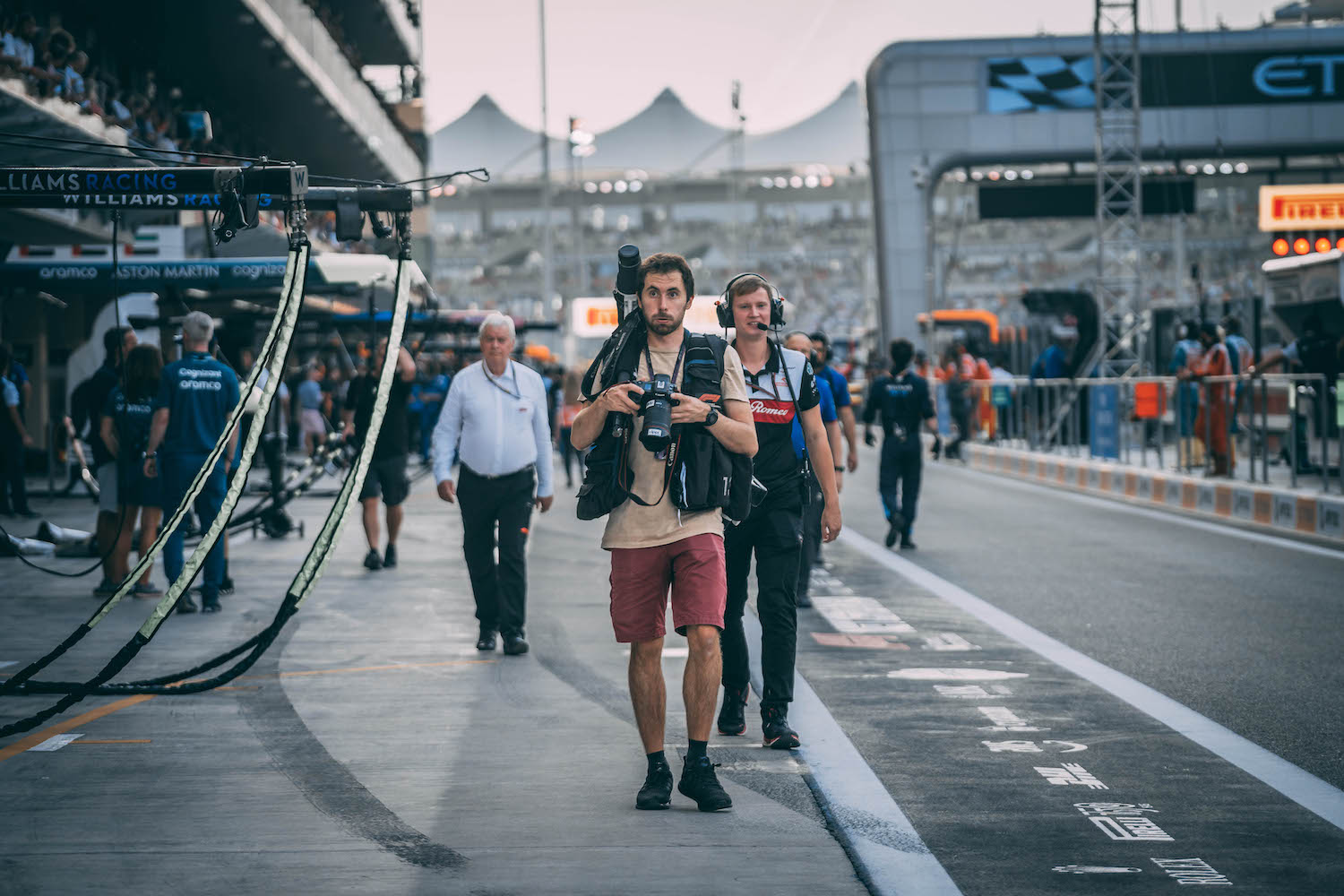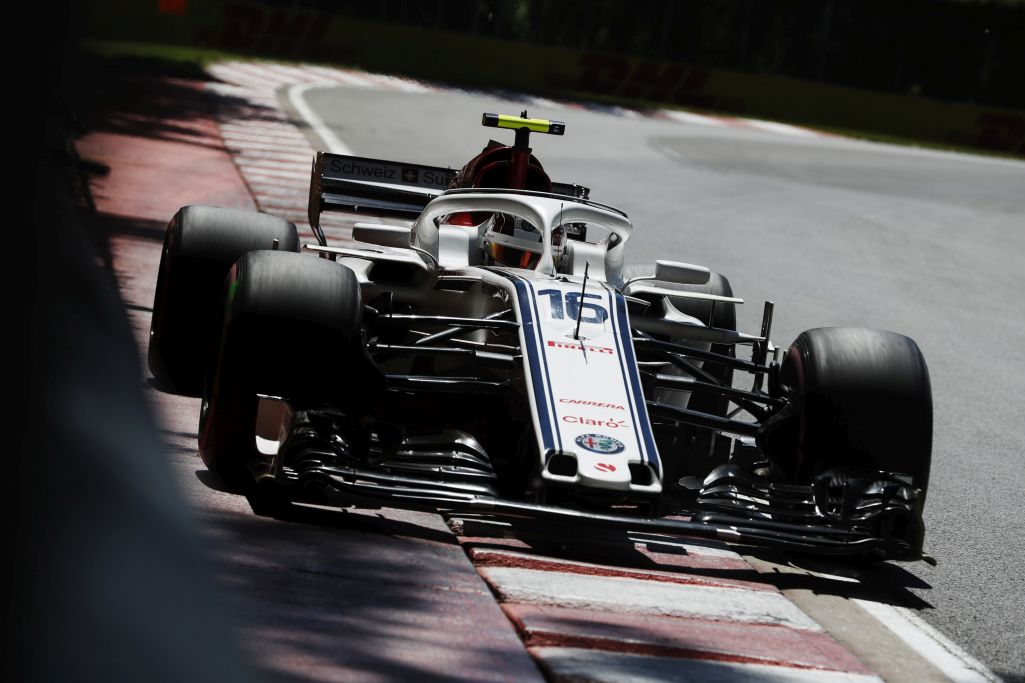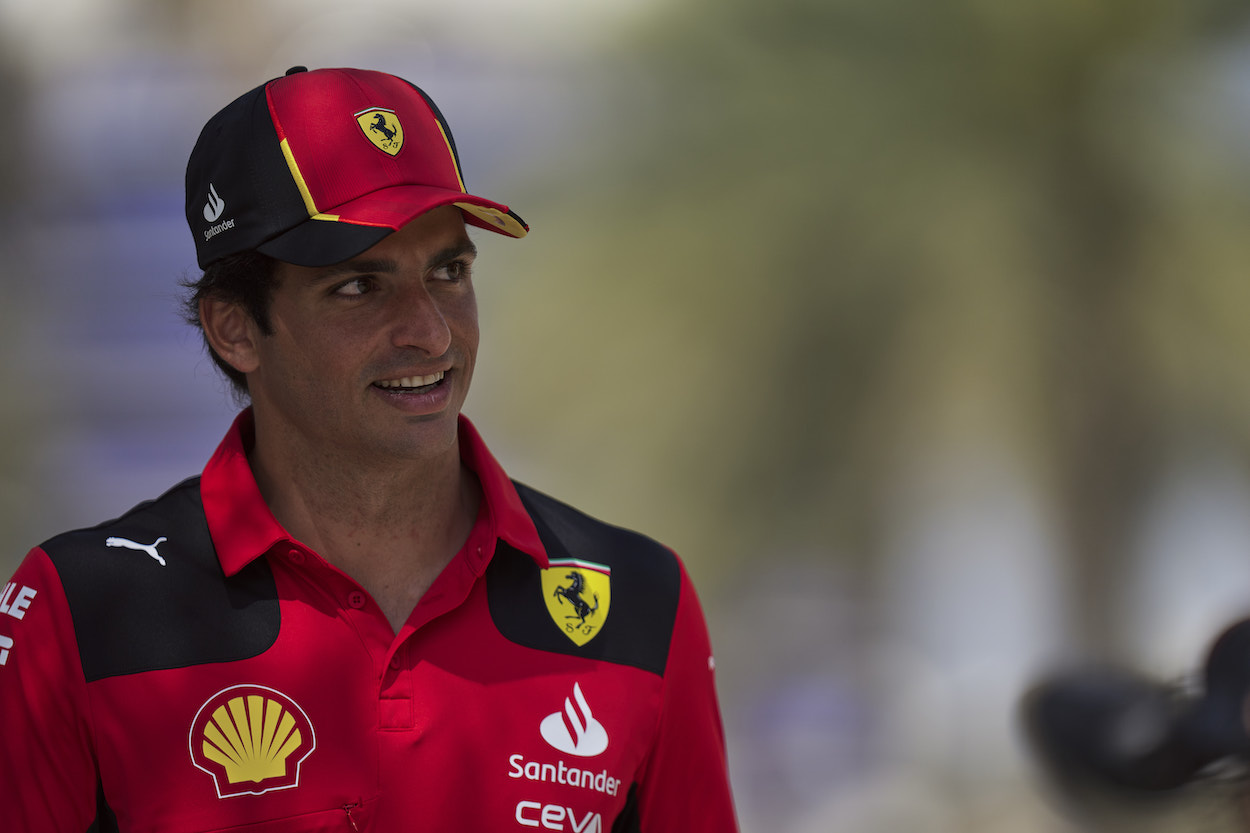“Holy shit, he’s gonna come down that?”
Gary Brickley had barely made it to his seat inside the Cow Palace when he sized up the ridiculousness of the plywood ramp that Evel Knievel would be descending later that night. Brickley — a 17-year-old SF native — had arrived on the evening of January 23, 1970, with a handheld 8mm camera to capture the great American daredevil’s attempt at setting the world indoor motorcycle jump record by vaulting over 11 cars in a confined space.
Evel was known for all sorts of semi-sane stunts, but even still…the ramp looked like something that had been hastily constructed by Wile E. Coyote during his pursuits of the Roadrunner. It began as a runway way up in the seats among the crowd and shot down to the arena floor for speed before ascending up again for the skyward launch. The mere sight of it quickly conveyed the carnie DNA at the heart of the spectacle for Brickley and the other 10,000 in attendance.
The jump itself was doable by Evel’s standards, but perilous in an indoor setting: soar over an oddball collection of vehicles — a van, some pickup trucks and a VW bug packed into a tidy row, side by side — before rapidly maneuvering his rocketing piece of machinery into one of the exit tunnels to the concourse.
Yet, whether or not Evel successfully landed the jump at the Cow Palace that night depends on who you ask. Either he nailed it in fabulous form… or, he wiped out in such dreadful fashion that many in attendance thought he died.
Regardless of which version you’re inclined to believe, that’s STILL not the crazy part.
Many eyewitness reports later claimed that something had been hurled at him: a beer bottle, a wrench… or, more likely, just some expletive-laced insult. The projectile itself was less important than the person who threw it: a surly member of the Hells Angels who was watching alongside a sizable contingent of his cohorts from the infamous California motorcycle gang. Evel considered the Hells Angels a stain on the reputation of motorcyclists everywhere and what quickly erupted was possibly one of the wildest brawls in Bay Area history.
“It was brutal,” explains Brickley. “I had never seen a fight like that in my life.”
The timing was notable as well — just a month earlier, Angels-initiated mayhem at the Rolling Stones’ free concert at Altamont had left a number of fans beaten and one dead. Now, here the Angels were again — with another big Bay Area crowd, engaged in more violence. Yet nearly all firsthand accounts suggest that the Cow Palace affair ended far differently.
So was the incident an obscure and unusual postscript to Altamont, or just an over exaggerated bit of urban mythology? Well, when wading through the 51 years of high-flying hyperbole surrounding that night, it all depends on who you ask.
How do you explain Evel Knievel to…say…a millennial? It’s tricky, because there just isn’t an easy modern comparison, but here it goes: take the TV show Jackass, combine it with Nitro Circus via the X Games, add in the most insane epic fail videos you’ve ever scene…and then dress the whole thing up in some kind of Elvis-Presley-raiding-Uncle-Sam’s-wardrobe fashion sense….and you get #Evel.
Born and raised in the rough-and-tumble mining town of Butte, Montana, Robert Craig Knievel was a fantastical grifter of a character who was described by veteran sports writer and biographer Leigh Montville as “a high school dropout, a con man, a thief… a daydreamer, a fast talker, and a full-blown ego maniac, all in one package.”
Failing to get traction as a professional motorbike racer, Knievel’s career as a daredevil stuntman dawned on him during a publicity spectacle at a backwoods race track in Coulee City, Washington, in which he attempted to jump his motorcycle over a crate of rattlesnakes. He missed the jump, crashed into the box of snakes, and then ran for the exits with everyone else as the agitated reptiles scattered across the venue. The jump may have failed, but it was all anyone was talking about. He had found his calling.
Evel first came to the Bay Area during Thanksgiving weekend of 1967 for the International Sports Cycle Show at the Civic Center. For three straight days, he wowed Bay Area residents as he pulled off 100-foot jumps between ramps in front of City Hall. To any eyewitness, Evel obviously had a knack for jumping over things on a motorcycle.
The problem was the landings.
YouTube is littered with grainy videos of his spectacular wipeouts over the years, many of which are excruciating to watch. But…oddly enough…that was Evel’s appeal. As time went on, the spectators at his events just never knew how it was all going to land.
One month after his Civic Center jumps, Evel cemented this reputation by jumping the fountains in front of the Caesars Palace Hotel in Las Vegas (at a range of over 140 feet — half a football field) only to suffer a monstrous wipeout that instantly made international news. Amazingly, his injuries — some broken bones and a smashed pelvis — were minor in comparison to the violent magnitude of the crash, in which he was pitched from his bike ragdoll-like to then savagely careen at length end over end along the pavement. Savvy to the wipeout’s PR potential, Evel (and the owner of the hotel) stoked injury rumors until news reports incorrectly asserted that he spent 30 days in a coma after the crash and had suffered a “severe brain concussion.”
As Montville had characterized it: “The Caesars jump was his life-changing moment, the catapult in public view.”
By modern standards, the Caesars incident had gone viral, so by the time he returned to the Bay Area to jump 11 cars inside the Cow Palace in January of 1970, Evel Knievel was on an upwards trajectory to becoming a full-blown superstar.
After a couple hours of motorbike races had concluded on the floor of the Cow Palace, Evel fired up his Laverda 750cc American Eagle motorcycle and ascended the plywood ramp in his white leather jumpsuit.
As with most of his jumps, Evel had a habit of always taking a few test runs, partly to size up the ramp, but mostly for building up the crowd’s nervous anticipation for his stunt.
“It was getting exciting,” Brickley recalls. “He was taking his practice runs where he’d come zooming down and then avoid the jump to do like a speed test to get a feel for the ramp.”
However, an additional tension began to build. A large, rowdy group of Hells Angels were sitting close to the arena floor, and Evel had long been vocal about how much he despised the infamous motorcycle gang. As Montville wrote:
“Knievel and the Hells Angels had never had good thoughts about each other. Knievel always took great pains to say he dressed in white leather, not black, because he did not want to be associated with the Angels and gangs and the dark side of motorcycling. The Angels always took great umbrage at those remarks.”
As if those tensions weren’t enough, the horrible events of Altamont, and the Angels’ primary role in it, were increasingly coming to light for the general public. In fact, Rolling Stone Magazine (then headquartered in San Francisco) had just released its landmark issue of deep dive investigative journalism on the events of Altamont only a few days prior.
Amazingly though, it all got worse still — the announcer that night was drunk, and decided to provide spark to the powder keg by declaring to everyone in attendance, “If Evel Knievel makes this jump, he’ll set back the Hells Angels one hundred years.”
While rumors still abound of a beer bottle (or some projectile) being hurled by the Hells Angels towards Evel, no one seems to have actually seen it. Rick Priolo, who was a few hours into his first night as head of security at the Cow Palace, had a prime vantage point close to the ramp.
“From where I was standing, I could see the Hells Angels screaming at him and calling him all kinds of names,” Priolo recalls. “I do remember him flipping them off as he drove by one time, and they got really pissed about that.”
And so, with a plywood ramp, a drunken announcer, a hostile bike gang and a narrow space to land, Evel Knievel gunned his bike to jump over 11 cars.
“He just revved up his bike and down he comes,” Brickley explains. “He makes the jump, lands and exits … and the whole place goes crazy.”
Yet, “in a matter of seconds,” Knievel quickly re-emerged from the concourse tunnel, drove his bike over to the group of Hells Angels and just began pummeling one of them in the face (or, as Knievel would explain in an interview years later: “knocked him piss over tea kettles.”)
“He didn’t even get off his bike,” longtime Chronicle writer Joel Selvin told the Six Fifty. “He just pounded the guy from the side of the arena. It was real badass shit.”
But as Selvin explains in his book “Altamont: The Rolling Stones, The Hells Angels and the Inside Story of Rock’s Darkest Day,” the biker gang had a code which asserted a fight against one Angel was a fight against all. So in an instant, Evel was swiftly outnumbered by upwards of a dozen opponents.
Newly-minted in-house security chief Rick Priolo was the first to reach Evel after he was swarmed by the Angels. “They were trying to kick him in the head, so I got over him and started swinging this tiny baton I had to try to keep them off of him. What really saved him was that the people in the crowd came to his rescue.”
The crowd at the Cow Palace was not cowed by the Angels like most of those in attendance at Altamont (many of whom had merely flashed peace signs when confronted with severe Hells Angels violence). By contrast, scores of spectators soon ran to the floor to defend Evel, and, as Montville put it, “A donnybrook developed, something out of a Wild West Saloon.”
The arena floor quickly devolved into a savage melee, particularly as some of the combatants began to wield the wooden planks that were set up as borders around the motorbike racing track.
“It was like watching a movie,” explains Jim Svedise, who was 16 at the time and drove up from Belmont with his older brother. “The Hells Angels didn’t stand a chance in hell.”
The next day the San Mateo Times stated that more than 150 fans had joined in the brawl to rout the dozen Hells Angels, causing two of them to be hospitalized for their injuries.
“I remember seeing one of Evel Knievel’s pit crew guys dragging a Hells Angel on the floor behind him by his hair,” Brickley says, “and this guy had his hands by his side, just knocked out.”
When word of the brawl spread, some viewed it in the context of Altamont, a sort of postscript revenge one month later in the Bay. As one agitated spectator was quoted in the San Mateo Times article: “The Angels ruined the scene at Altamont and they ruined things again tonight. They’re a bunch of phonies.”
Evel Knievel’s persona as the ultimate 20th-century American daredevil was essentially a mashup of pro wrestler moxie and huckster salesmanship in support of some genuinely amazing athletic feats. Much like Babe Ruth, Bruce Lee or Bo Jackson, the perception of his accomplishments teeters (wildly, at times) between real world events and Paul Bunyan-like folklore. As a result, Evel’s legacy is fertile ground for all manner of ridiculous hyperbole, urban mythology and internet hallucination. For instance, many modern articles and blog posts still regularly assert that he was in a month-long coma after the Caesars Palace jump, despite the notion being a totally bogus fabrication.
So when it comes to his appearance at the Cow Palace, why is there a lingering notion that he suffered an epic wipeout?
The answer is simple enough — he did, but it was two years later.
For two nights in early March of 1972, Evel returned to the Cow Palace (on a different bike — a Harley-Davidson XR-750) to reclaim the indoor jump record after local stuntman Super Joe Einhorn cleared a dozen cars the year prior.
After successfully jumping 12 cars (Toyotas from a local dealership) the first night, Evel returned after a wild night of drinking to attempt 15.
“That next night he was having trouble with the approach,” Selvin says. “As he goes down the ramp, the plugs foul. You could hear it. Then he guns it and you just see his wheel go up in front of his face and he’s just sailing through the air.”
His landing (which was captured on video) is a classic example of a harrowing Evel Knievel wipeout — in this case, crashing down the ramp and sliding out of the arena into the stadium concourse near the concession stands (and narrowly missing a concrete pylon in the process).
“He must have broke half the bones in his body,” says Kevin James Kenny, whose dad was a SF Chronicle columnist at the time and regularly took him to the Cow Palace for events as a kid. “He went through the chute and everybody was waiting and waiting [for him to re-emerge]. The place was silent. I thought he was dead.”
Evel had suffered a broken ankle and bruised ribs, but still returned to the arena floor, half-mangled, to address the crowd post-crash.
“After he crashes,” Selvin recalls, “a couple of guys carry him back out — he’s all fucked up — and he talks to the crowd: ‘Nobody likes to splatter.’ And I gotta tell you, the consumer satisfaction index was way over the top for that crowd. The night before [when he landed the jump], not so much.”
As time passed, many people (including Evel and his colleagues) would conflate the two incidents — the brawl in ’70 and the wipeout in ’72 — to the point that some would claim it was the phantom projectile thrown by the Angels that caused him to crash. Other theories were equally misconstrued.
“I heard one person say Evel broke his leg and then he got up to fight the Angels,” Priolo says. “Well, how could he do that if his leg was broken?”
Amid all the misinformation and rumors, perhaps the best big picture takeaway of Evel’s Cow Palace appearances were via a child who watched it all in-person.
“As a little kid,” Kenny recalls, “I thought, ‘This guy has more balls than anybody in the world.’”
Over the years, Gary Brickley eventually lost the footage that he recorded on his 8mm camera the night of the legendary brawl. Some footage does exist of the fight, and though it’s only a few seconds long, dated incorrectly and guilty of confusing the two incidents, it clearly shows just how intensely violent things had been on the floor of the Cow Palace.
But was the incident really a conscious retribution for the events of Altamont, as some claim in hindsight? Not directly, says Selvin.
“[The Angels ]weren’t wearing Altamont around their necks quite yet at that point,” Selvin explains, “but they were the scum of the earth as far as the general population was concerned. They had a reputation way beyond their legitimate standing.”
Evel would go on to become a marquee draw during the 1970s and his events often garnered some of the highest ratings of the decade on ABC’s Wide World of Sports, often even eclipsing Muhammad Ali fights.
Despite the lengthy list of hair raising jumps (and spills) that Evel would experience in the years that followed his Cow Palace appearance, the events in Daly City always stood out in his mind. Once, during the mid-90s when a photographer told him he had seen some of his Bay Area jumps, Evel perked up, grinned and responded, “We had one hell of a rumble up there in that Cow Palace once.”



